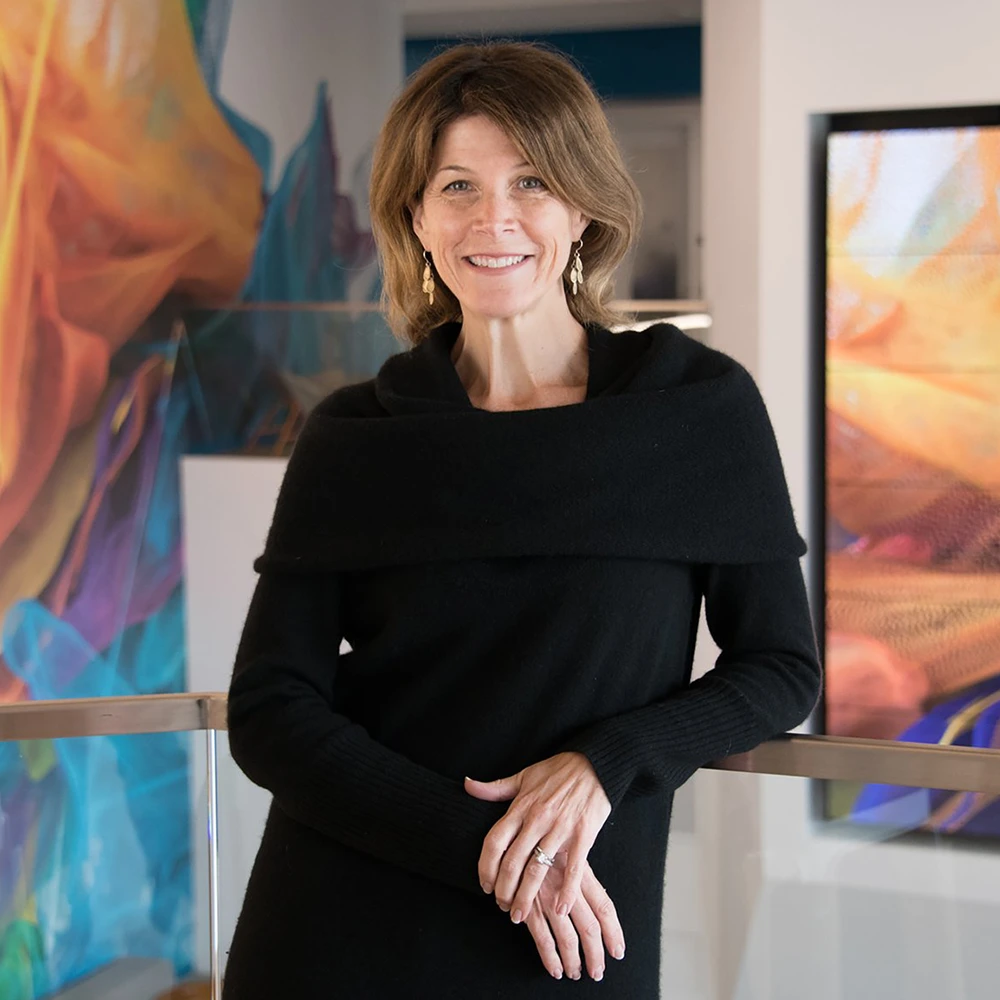There is no doubt that AI is the hype of technology. As it continues to develop, it continues to wow and awed people, and because of that, there is money to be made.
Since OpenAI introduced ChatGPT, the revelation kickstarted an arms race, where companies rare to either partner with it, or create something to rival the generative AI.
Adobe is a tech giant on its own, and it opts to create its own.
Firefly as what it calls, is extremely capable.
And as the technology behind Firefly AI continues to develop, and that Adobe continues to embed the AI into more of its products, including Photoshop and Illustrator, people began to wonder whether this marks the end of human creative jobs.
According to Ashley Still, SVP, Digital Media at Adobe, people should not be worried.

Speaking to Fortune, she said that:
"Technological innovations can both bring more people into the medium and increase the need for professionals."
"Think about the invention of the camera [...] People thought painting was going to go away, and it didn't. It's just that a new type of content emerged."
Still creates an analogy, by citing the invention of digital cameras.
The devices allow people to take more and more photos, instantly, and with results that can be tweaked on the fly. But the advent of the technology never made professional photographers obsolete.
Just as cameras didn't end painting, the Adobe executive suggests that AI will never kill graphic design.
Still's opinion came when news and information on the web predict which jobs AI will replace, and that graphic designers and artists are often named.
Adobe, as the developer of some of the world's most popular tools for graphic designers, is under the spotlight, especially after announcing a slew of AI tools that people think can replace a lot of graphic designers' jobs.
In many cases, with just a few minutes fiddling with text prompts, a little bit of imagination and tweaks, it's possible to create an image that would traditionally require the expertise of both a photographer and a graphic designer working for hours.
But according to Still, AI should help empower future creative jobs, not go against it.
Despite Still's assurances, there's no doubt that generative AI tools can cost people's work, and in some cases, also their jobs.
After all, ever since day one the first generative AI tool hit the market, people began to realize how powerful the technology can be, and the potential it has in disrupting many industries.
And in Adobe's case, it's certain that using its generative AI-powered image generators is a lot cheaper than paying a human.
Regardless, generative AI is still at its infancy, and things can still change for the better or worse.
The more positive news about this is that, the many jobs generative AI were replacing have softened. AI once expected to impact 300 million job positions globally, but the consensus started to show how companies tend to augment their job listings instead of replacing them.
This can be seen in some companies in some industries that have started using generative AIs, have also began adding more positions to replace some that they see obsolete.